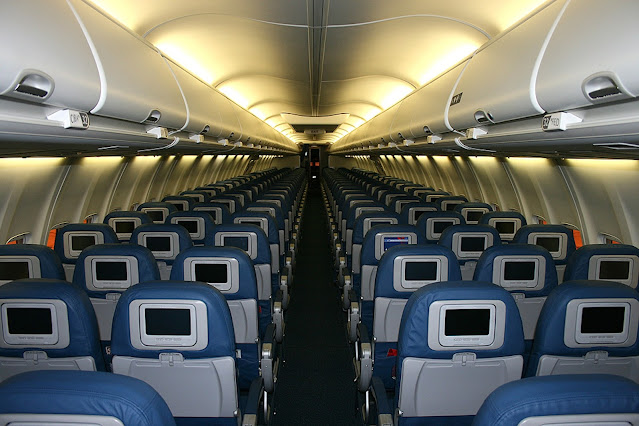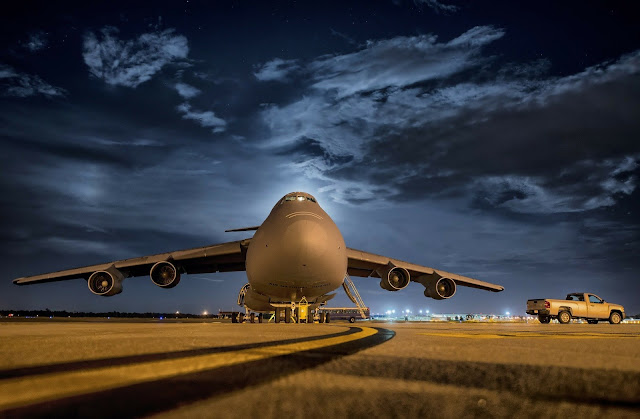Amazing Facts About Airplanes
For what reason don't plane tires blast on sway? How risky is it when a plane loses a motor? Is that plane water truly protected to drink?
1.Some planes can fly for over five hours after one of their motors goes out.
E TOPS—or broadened twin tasks—is an assignment that demonstrates the time allotment a twin-motor plane can securely voyage to with one defective motor. In 2014, the Boeing 787 Dreamliner acquired 330-minute E TOPS confirmations, which means it can remain securely operational on only one motor for over five hours prior to expecting to land.
2.If somebody kicks the bucket on your flight, their body may remain in the lodge with you.
In spite of the fact that you may accept that there's a standard methodology to follow if a traveler dies mid-flight, what really befalls your long lost lodge mate shifts enormously via carrier and sort of plane. While certain planes, similar to Singapore Airlines' Airbus A340-500 airplanes, were worked with an extraordinary spot to store bodies, as indicated by one airline steward, on numerous flights, the body will basically be moved to a back line and covered—aside from the head—until clinical experts on the ground can take care of the expired.
3.In-flight breathing apparatuses aren't expected to last the entire flight.
Indeed, as per a report from the Air Accident Investigation and Aviation Safety Board, those covers just give 12 minutes of ceaseless wind current on a 737. Fortunately, that is regularly the measure of time required for your trip to track down a protected landing spot.
4. Pilots often nod off at work.
Things being what they are, who's flying your plane, precisely? Perhaps nobody—in any event for segments of the flight. As indicated by a 2017 report by the British Airline Pilots Association (BALPA), among a gathering of 500 pilots surveyed, 43% conceded to incidentally nodding off while monitoring the plane, while 31% confessed to awakening from a snooze to track down their co-pilot dozing, also.
5. Black boxes aren't really dark.
The black box, otherwise called the Flight Data Recorder, is really painted radiant orange. The warmth safe paint used to cover the containers' outsides arrives in a highlighter-orange tone, which additionally ends up making them simpler to discover if there should arise an occurrence of a mishap.
6. Airplane air is essentially drier than any you may insight on earth.
While the Mojave Desert in the Western United States frequently has stickiness levels up to 50 percent, you'll get only a negligible part of that dampness on board a plane. Truth be told, as per the World Health Organization, the moistness on board your normal airplane drifts under 20%.
7. A Boeing 747 is more eco-friendly than your vehicle.
The Boeing 747 consumes around 1 gallon of fuel each second, or 5 gallons for every mile. Turning around this gives us the figure of 0.2 miles per gallon of fuel. This is a lot of below the normal vehicle's eco-friendliness at around 25 miles for each gallon. However, considering the quantity of travelers the 747 conveys, it is undeniably more productive. This breakdown clarifies that, on the grounds that the plane can convey around 500 individuals, it's really getting 100 miles for every gallon per individual.
8. A criminal once surrendered control of a trip for lager. 
In 1985, an ex-con who captured a Norwegian Boeing 737 outfitted with a gun chose to relinquish his arrangement insofar as the police were able to give him a certain something: lager. Eventually, the plane landed securely at Fornebu Airport in Oslo, none of the 115 travelers on board were hurt, and the robber was captured.
9. An architect planned a plane with a separable lodge to save travelers.
In 2016, a Ukrainian air engineer disclosed a framework that would permit pilots to launch a plane's lodge in case of a motor disappointment. After launch, the lodge would send parachutes to securely bring down travelers to the ground. Be that as it may, for reasons unknown, most crashes don't occur because of motor disappointment. Since issues will in general happen during departure and handling, this would leave next to no an ideal opportunity for the pilots to effectively launch the lodge and save travelers. A for exertion, however!
10. The dirtiest spot on the plane isn't the washroom.
As it so occurs, the filthiest spot on a plane is that folding table you're eating your feast off of. As indicated by an investigation led by TravelMath, collapsible tables facilitated 2,155 province framing bacterial units (CFU) per square inch. In correlation, the catch to flush the latrine had only 265 CFU in a similar measure of room.















0 Comments